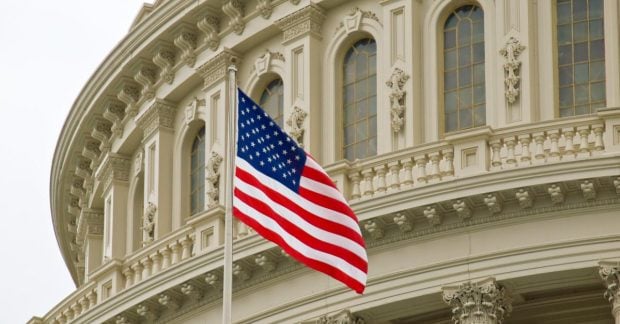So what stories might his own home be hiding? Unfortunately, there’s no history to trace as yet as it’s a modern house, built about 15 years ago. Previously, Olusoga lived in a converted mid-19th century Methodist Chapel, which had “a hell of a history,” according to the historian.
His current home does, however, provide somewhat of a sanctuary. “I spend my life living with ghosts professionally so I don’t need to live in an old house,” he smiles.
It is the first modern house that Olusoga has lived in since he was a child, growing up on a council estate, and the home that he moved to after he had been living with his grandparents.
Somebody else now presumably lives in the “Tyneside flat” where his grandfather lived. If that person were to log into the census it is Olusoga’s history that they will see. It’s a thought that fascinated Olusoga.
“We’re all swapping histories,” he says. “That’s the great thing. It’s spawned a shared history revolution, connecting people you’re not related to, but that you have a strong connection to, which is that your most personal space was once theirs.”
Not that everything is there to be shared. I ask Olusoga, whose past is British on his mother’s side and Nigerian on his father’s, what the most impactful discovery he has ever made about his own family’s genealogy.
“It’s a strange thing,” he says slowly, breaking me in for disappointment. “It’s my job to be a public figure, but I’m not sure I have the right to be public about my ancestors. I’m not quite sure why I feel that way, but also family history isn’t just yours, it’s the rest of your relatives. I take a lot of interest in my ancestors but I’m not very public about that, because they never signed up to me talking about them.”
However, he firmly believes that the act of engaging with history is participatory and shared. “This belongs to all of us,” he says.
Millions of people will now be able to look at the newly available census and piece together the lives of their recent relatives. For some, this might provide the first clue that will set them on the path to illuminating a past that has possibly been forgotten. It may also make them think differently about their own family, or the lives of those that lived in their home before them – how that gentrified street where you live was once anything but.
“And that’s what I slightly proselytise for,” says Olusoga. “History isn’t just about knowledge but about empathy. These encounters through documents, with our own ancestors or people who lived in our personal spaces, have transformative power.”
Top tips for tracing your family history
First things first
Sit down and write everything you already know about your ancestors, making sure you stick to the facts and don’t get carried away with rumours and anecdotes. This will form the basis of your initial family research
Ask your family what they know
Every detail can help your research, no matter how trivial. Ask older family members – they are more likely to have encountered some of the people you’re researching, or to have heard stories about them. For inspiration, check out the list of 20 questions to ask your relatives on findmypast.co.uk
Search the attic
Check old photographs, letters or documents and other heirlooms for possible clues to the past
How do I search the 1921 Census?
⇒There are various search fields available, all of which are optional. If you have names, birth years and locations in 1921, this is a great place to start. If you don’t, or have more information that could narrow your results, try using some of the other available search fields.
⇒Some search fields will give suggestions as you type – adjusting the search radius can help you to broaden or narrow the area that you are searching for that person.
⇒Findmypast’s name variants tool helps you take account of spelling variations and record errors. For example, selecting name variants when searching for ‘Katherine’, means that ‘Kate’ and ‘Catherine’ will also be included in your results.
⇒As you fill out search fields the search button will preview how many results there are. When you are satisfied with your search terms, select view results.
⇒The search results will show a list of all the possible people who match your search criteria. You can view some of the information extracted from the record to help determine which result is the person you are looking for. You can also preview the transcription or record image by hovering over the transcript or image symbol on each search result. This will reveal some of the names of the people in the record.
⇒If you do not think the search has found the particular person who you are looking for, you can further refine the search using the search fields on screen or selecting advanced options to return to the full search form.
There is also an option to search specifically by address. Simply visit Findmypast’s address search tool and select the 1921 census. From there, you will be able to search by street name or location, whether it is a village, town, city or country and can also adjust your search radius to narrow down your results.
David Olusoga is working with Find My Past in association with The National Archives to launch the 1921 Census of England and Wales. Visit online now at findmypast.co.uk





